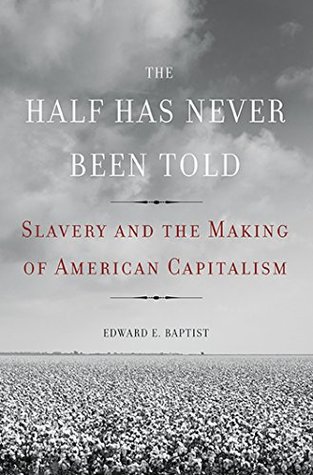In the Natchez District along the Mississippi, slaves were already growing massive quantities of indigo. And in Kentucky, the first national census in 1790 had counted 61,000 whites and more than 12,000 enslaved Africans. Kentucky was not becoming Jefferson’s dream republic of land-owning white yeomen—especially since the territory’s constitutional convention decided that all land disputes would be referred to a statewide court of appeals staffed by three elite judges. The twenty-one speculators who owned a full quarter of all Kentucky land surely approved. Meanwhile, convention delegate David
...more
Welcome back. Just a moment while we sign you in to your Goodreads account.


